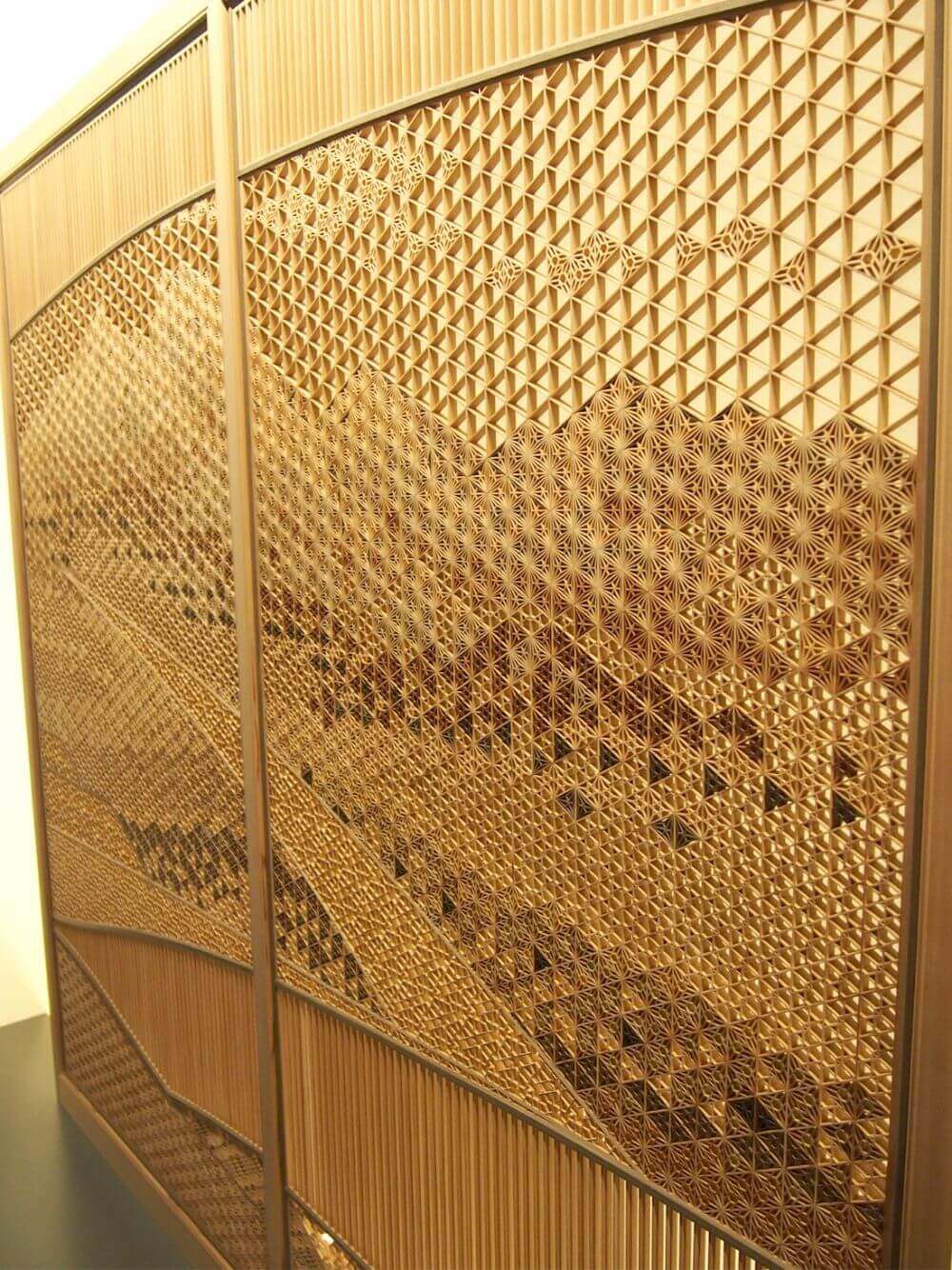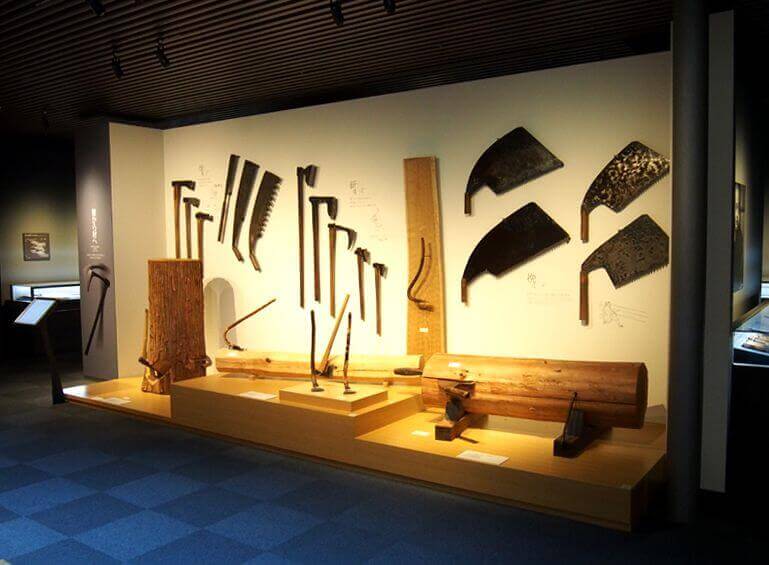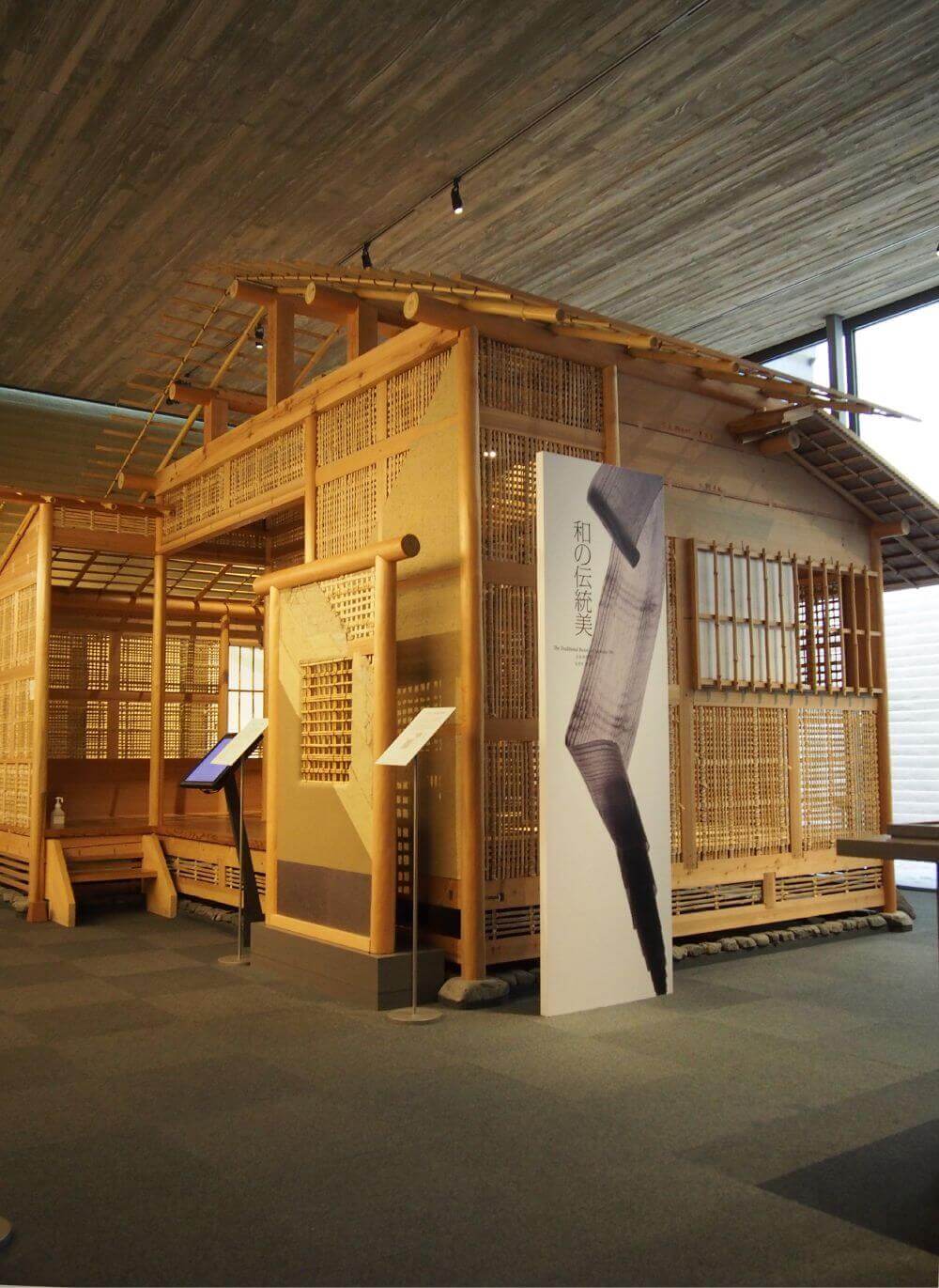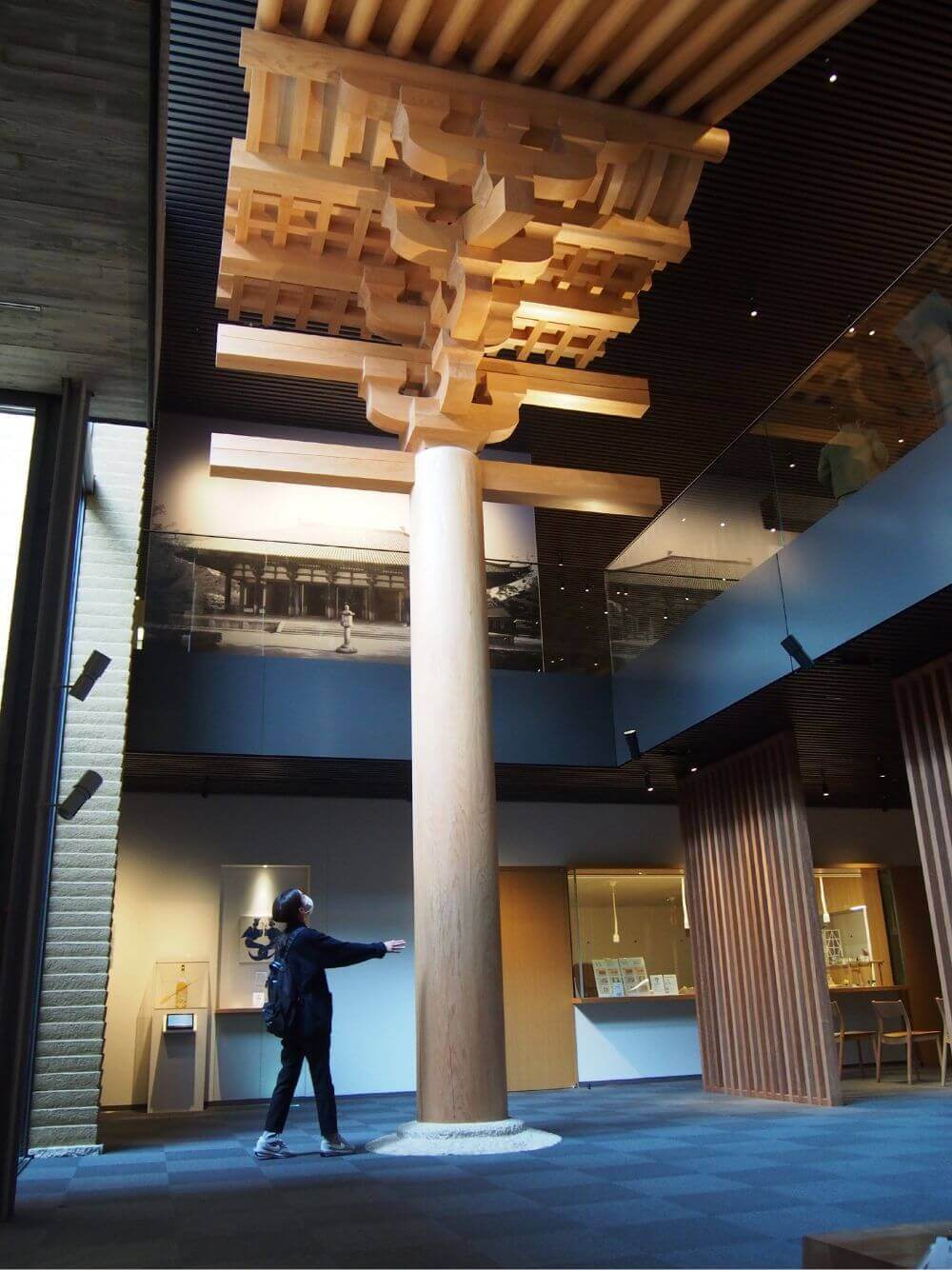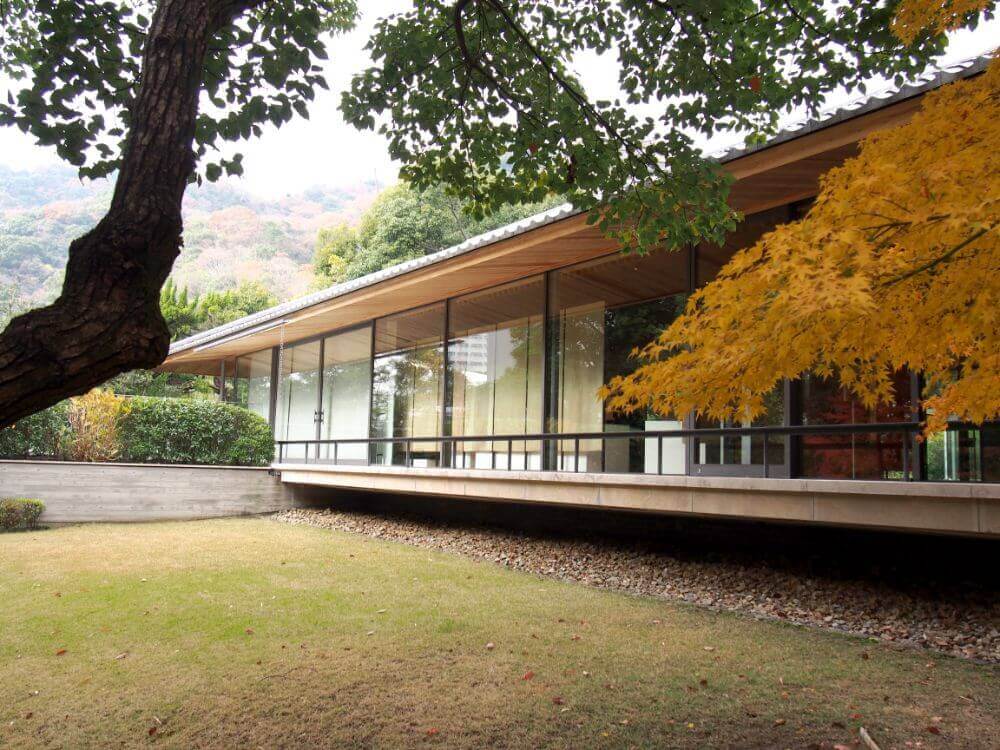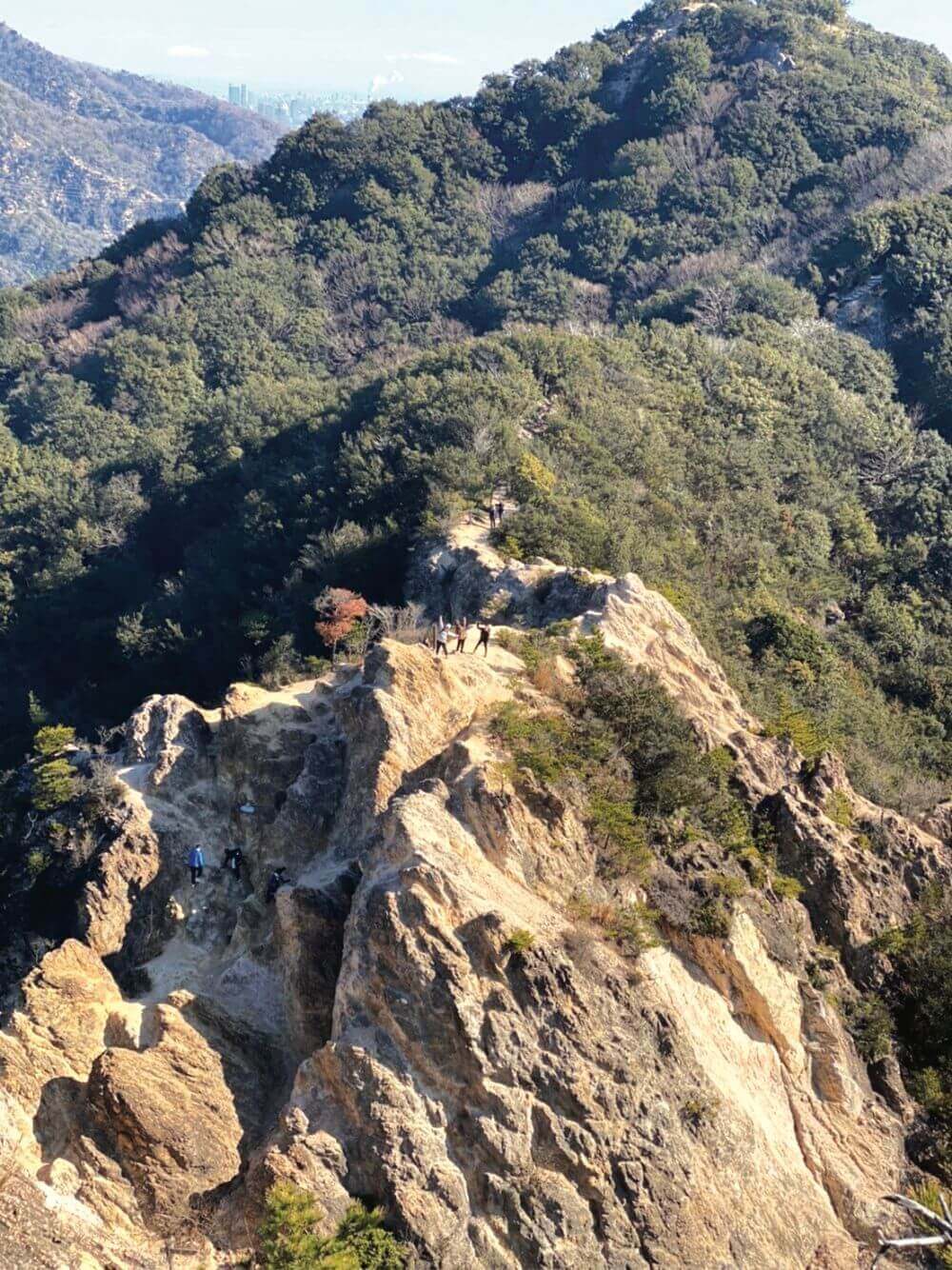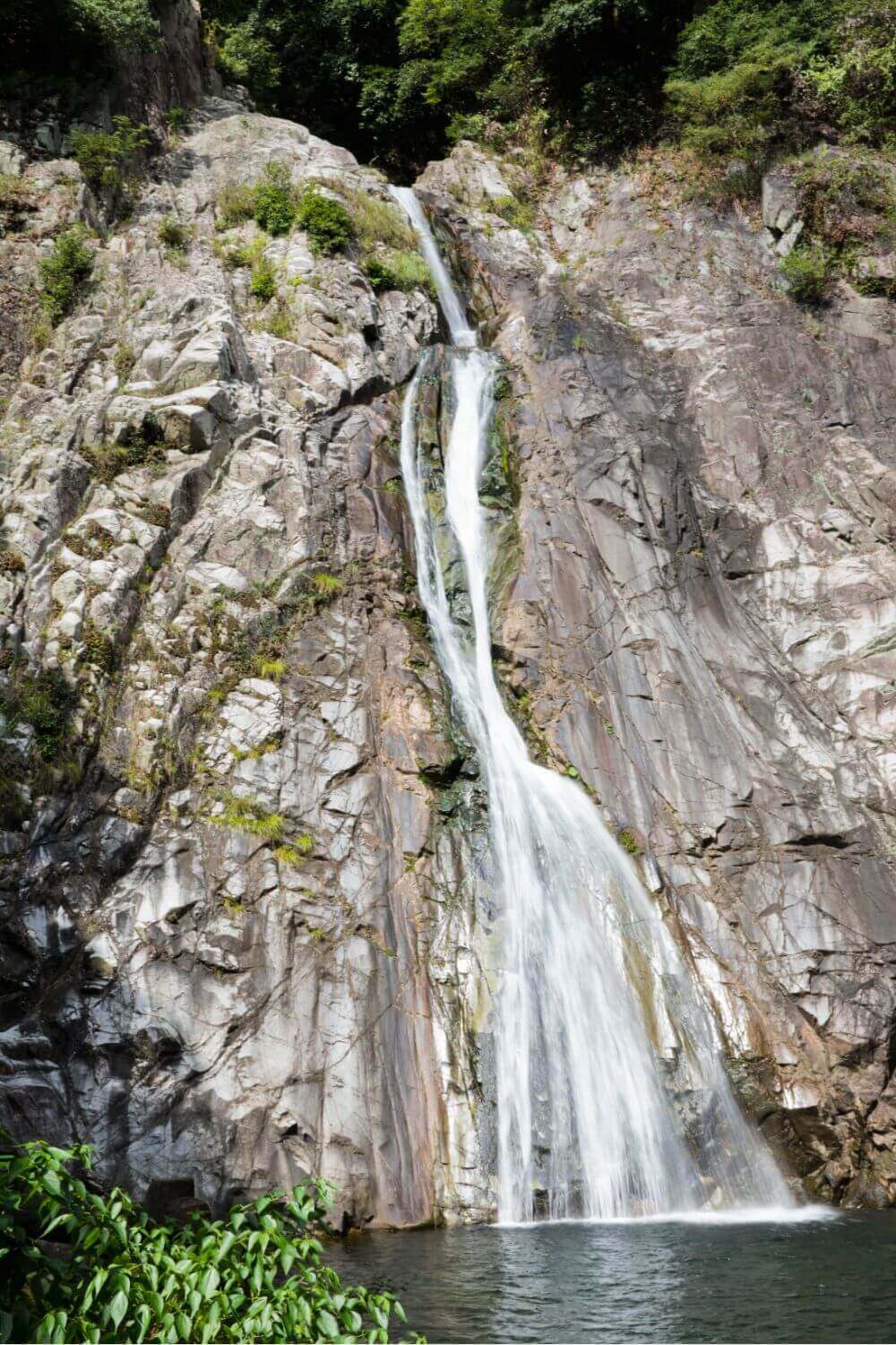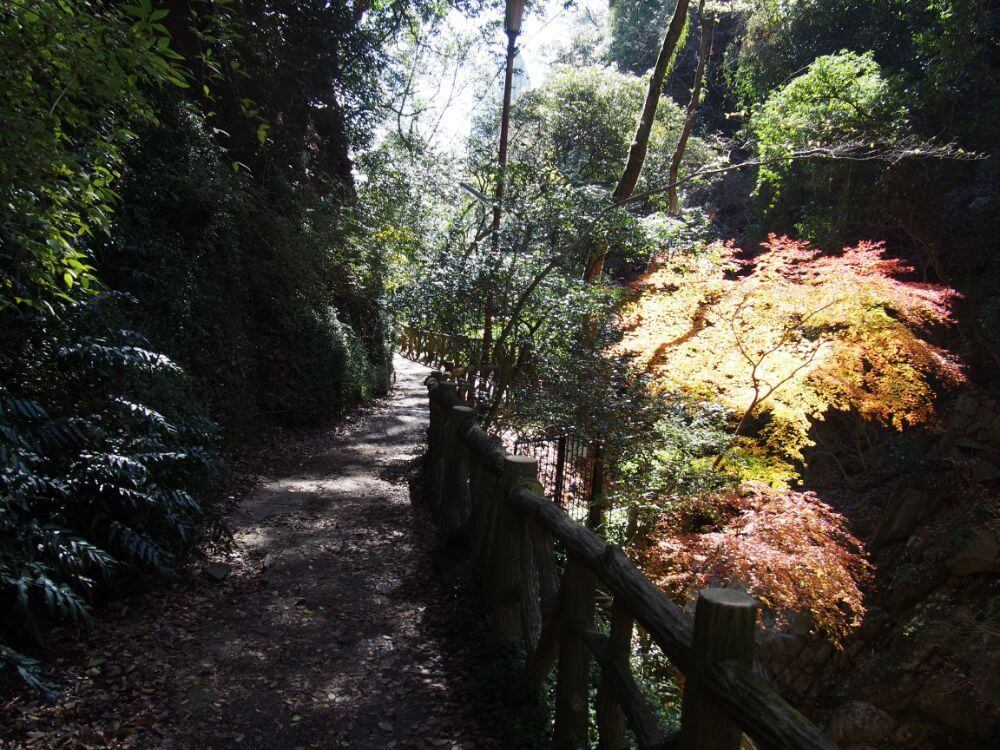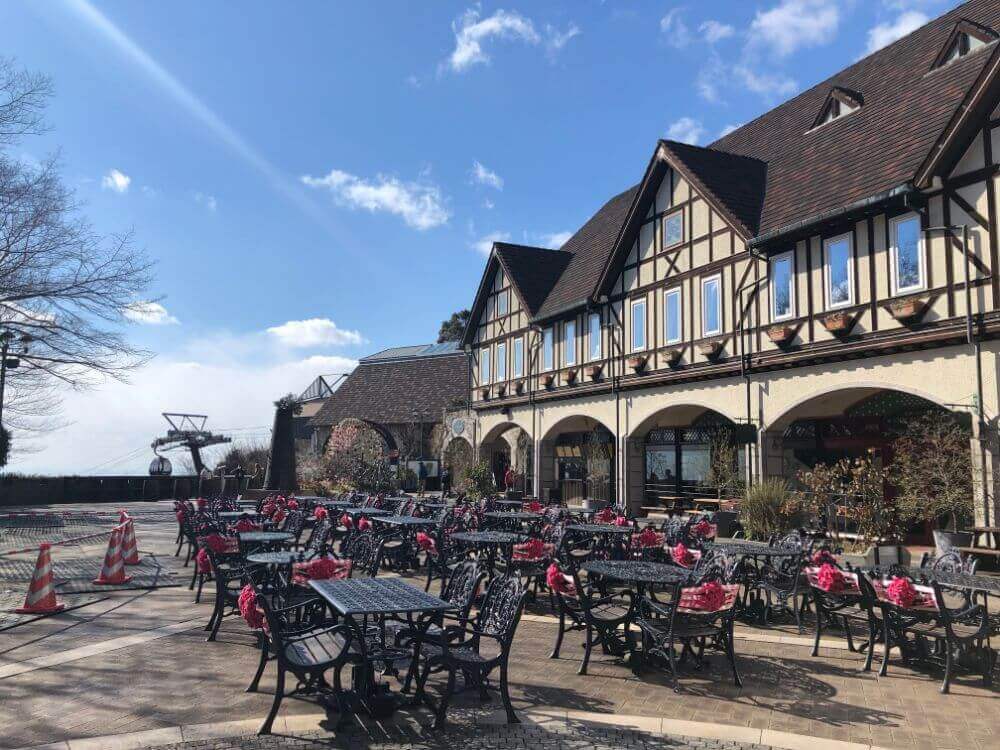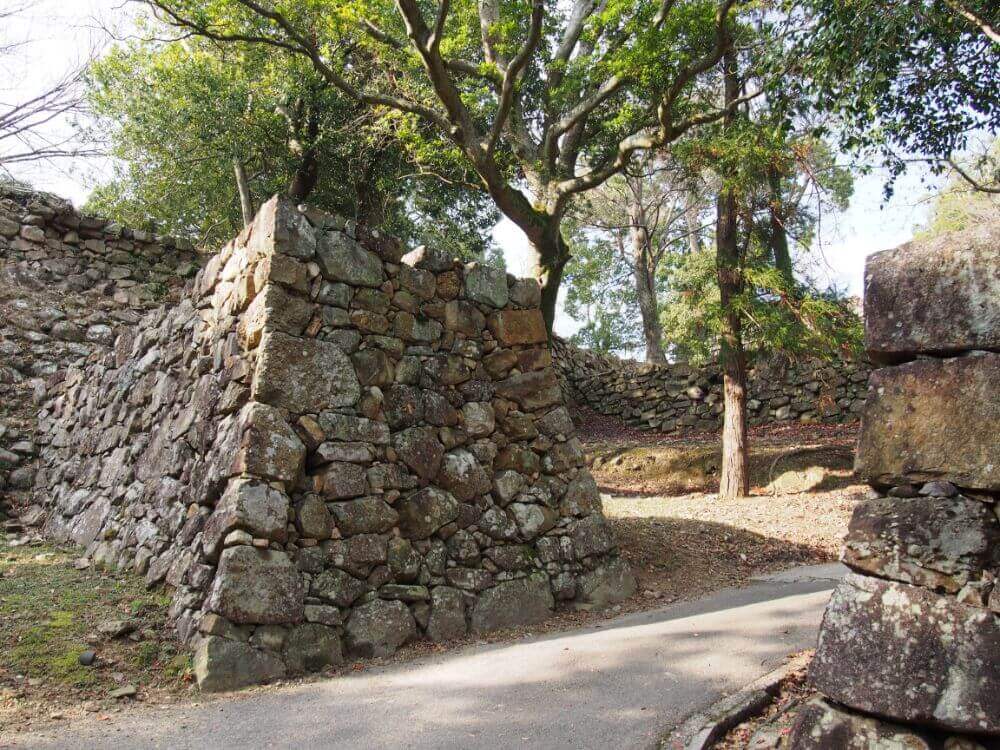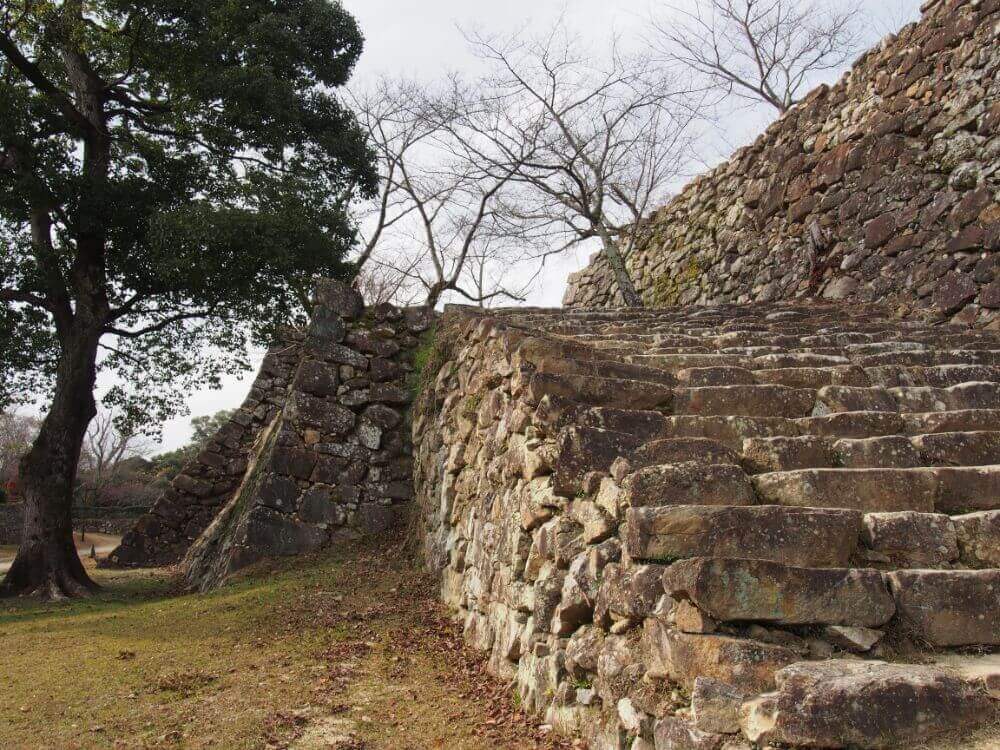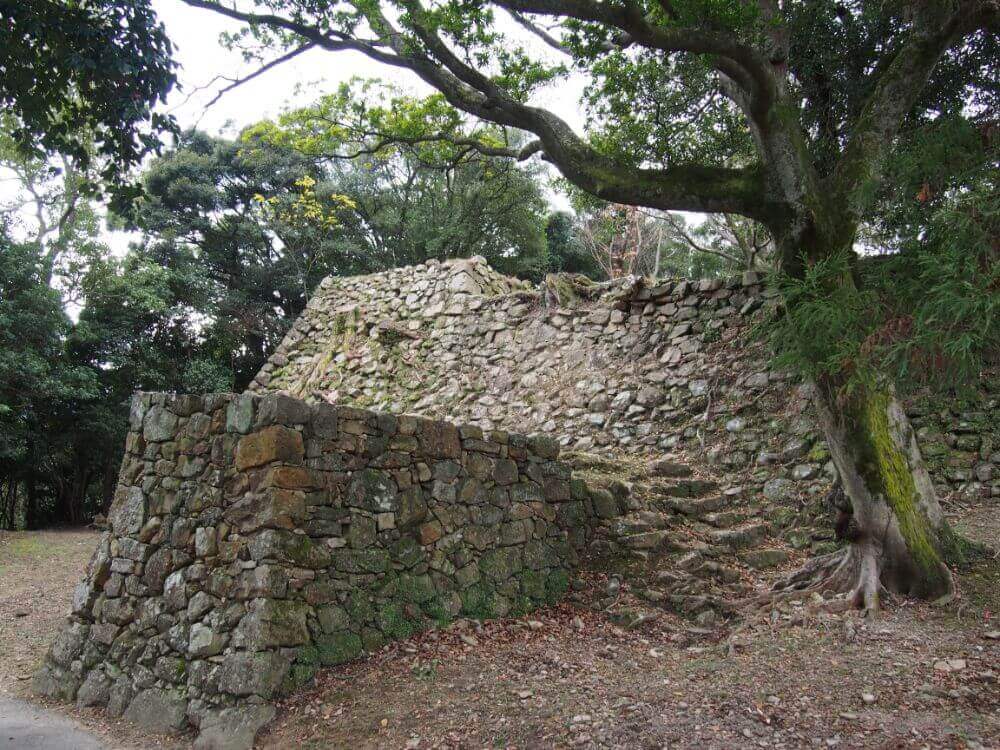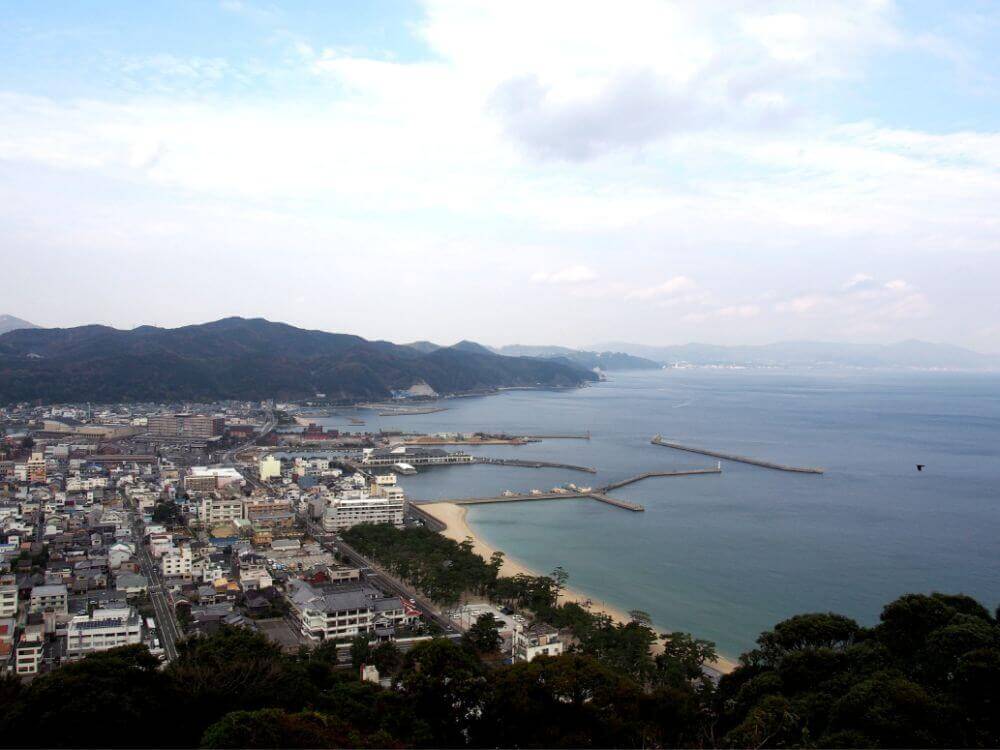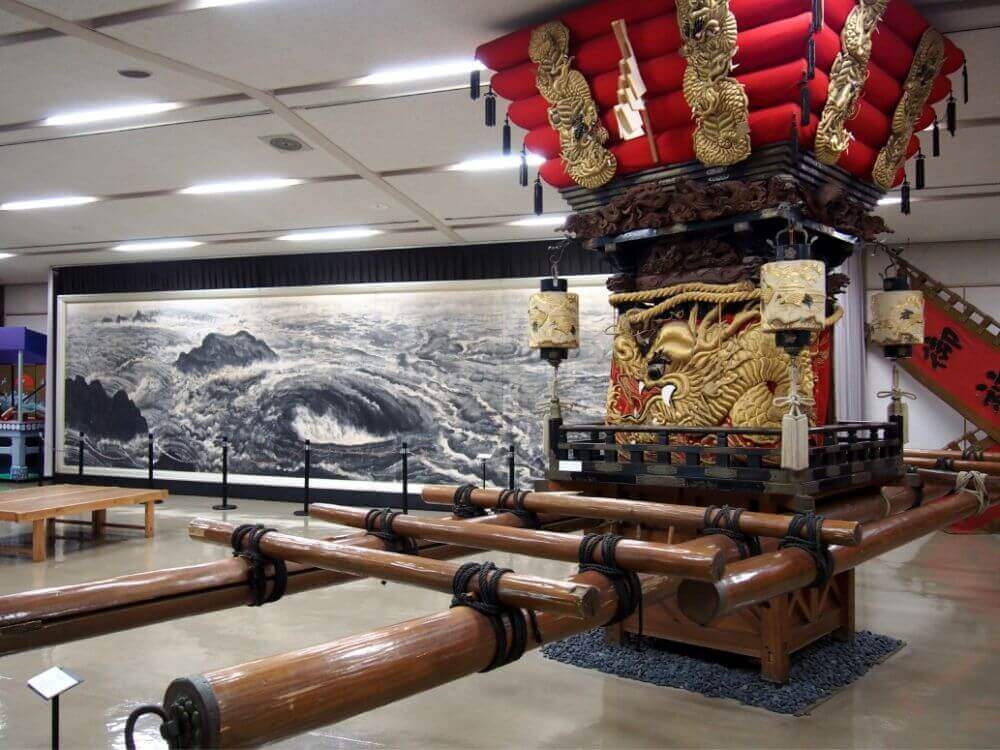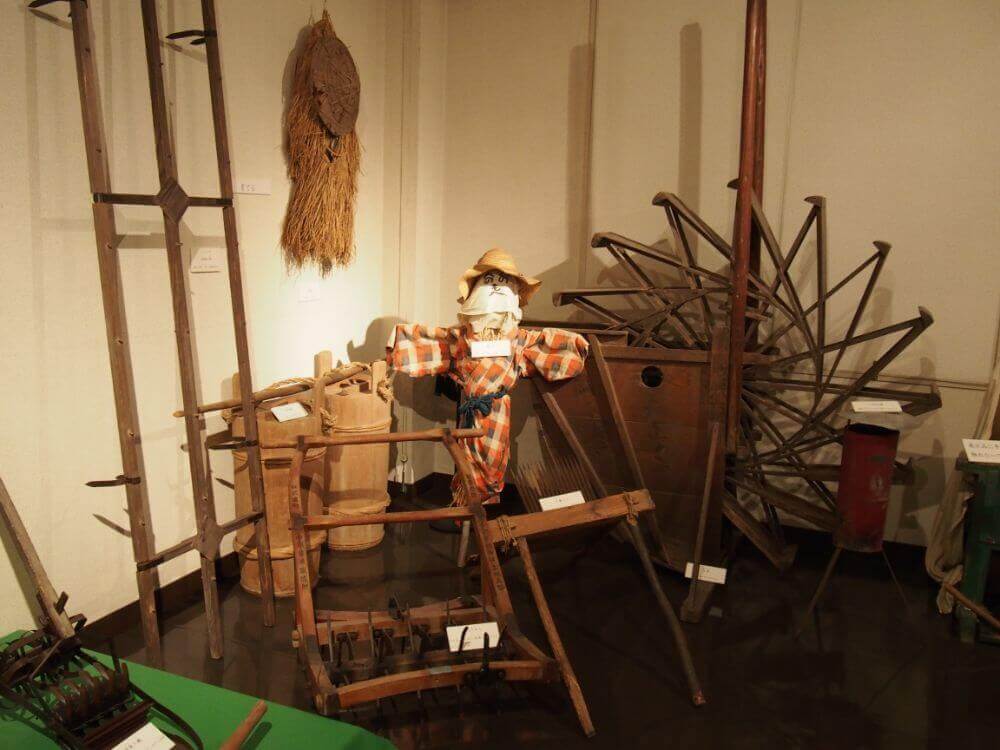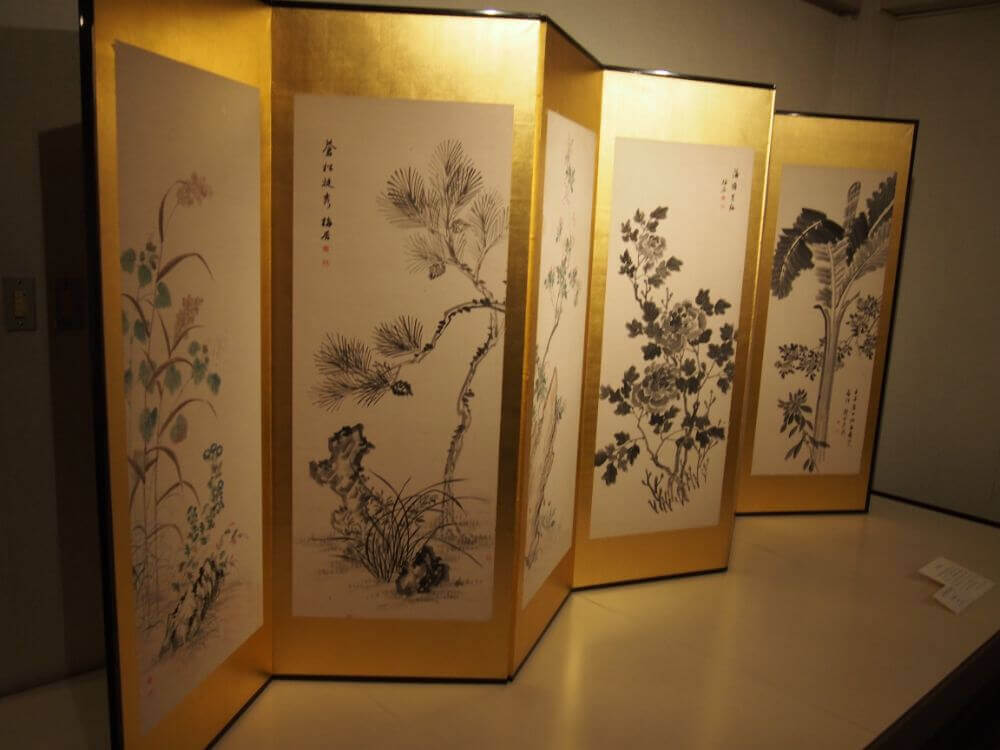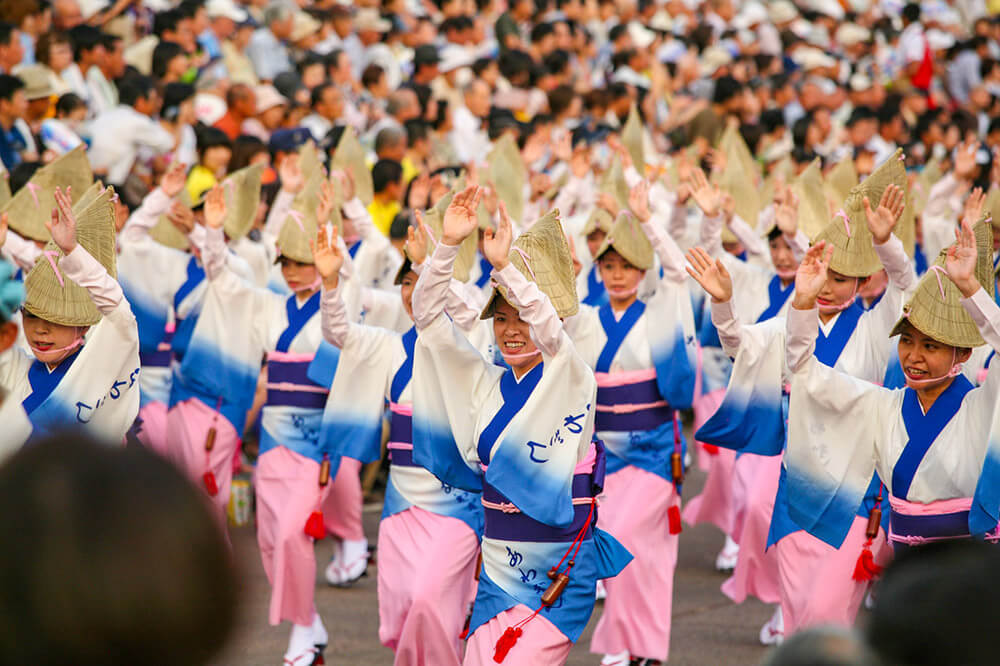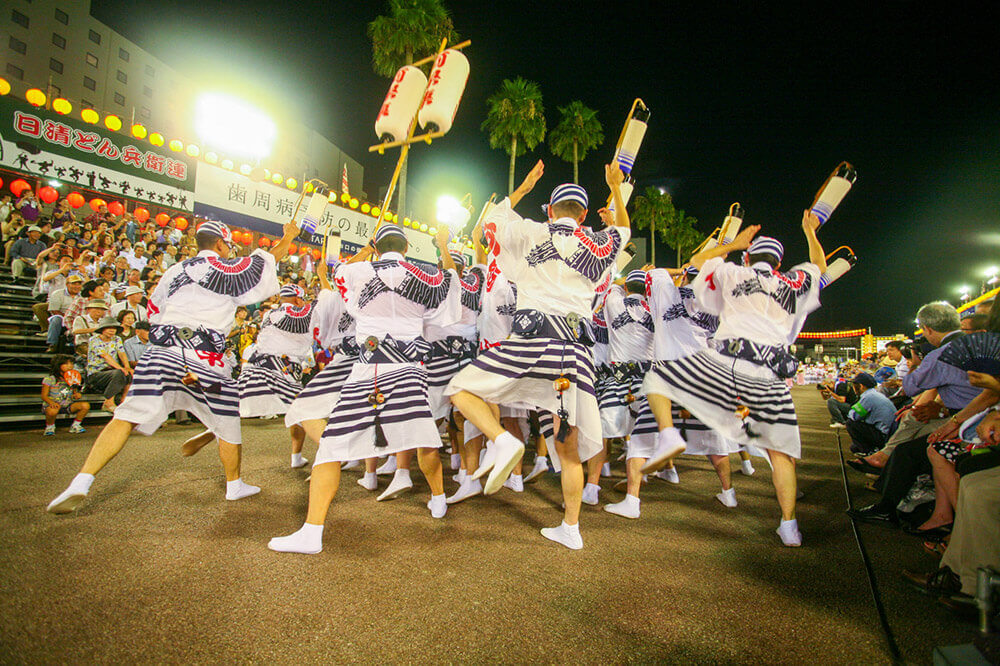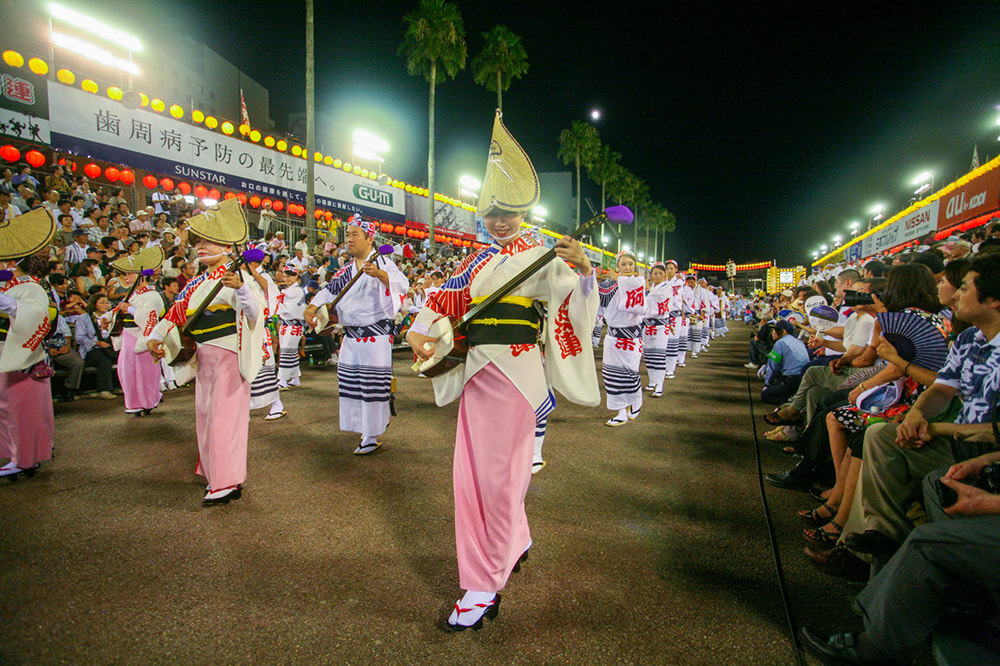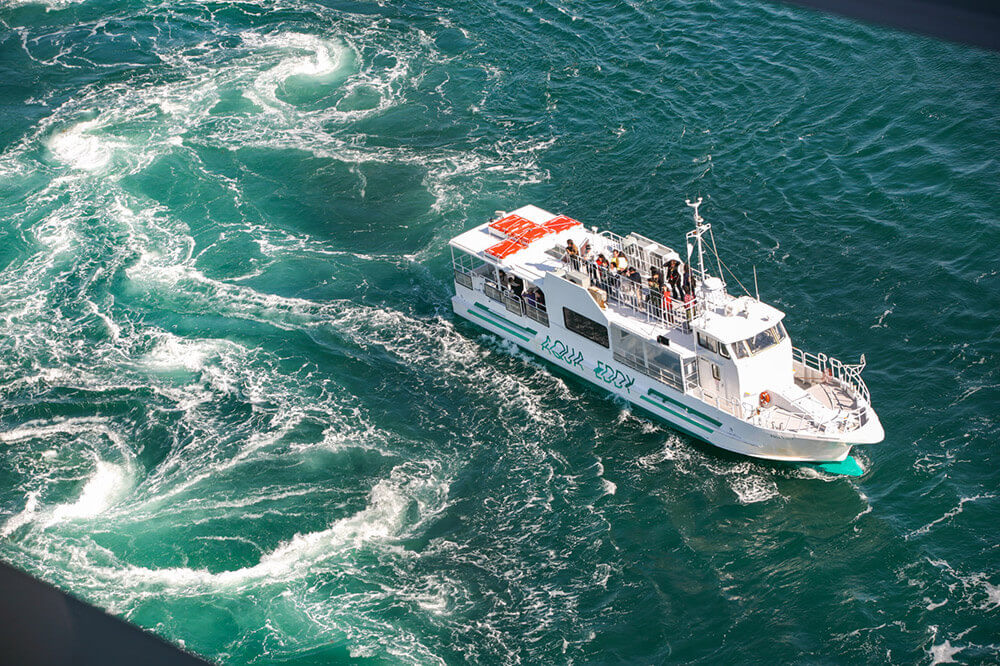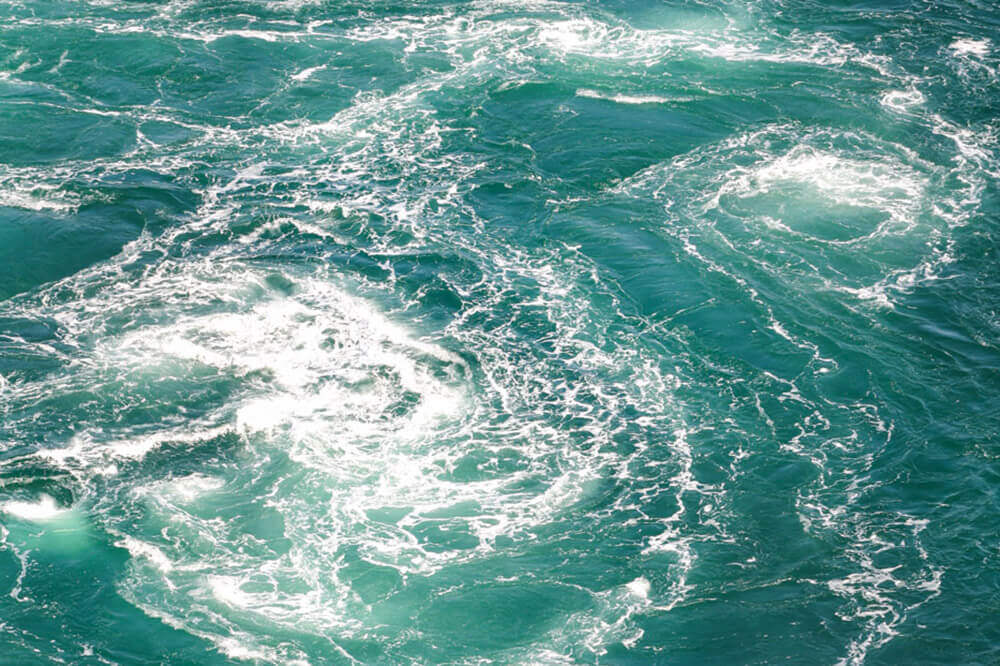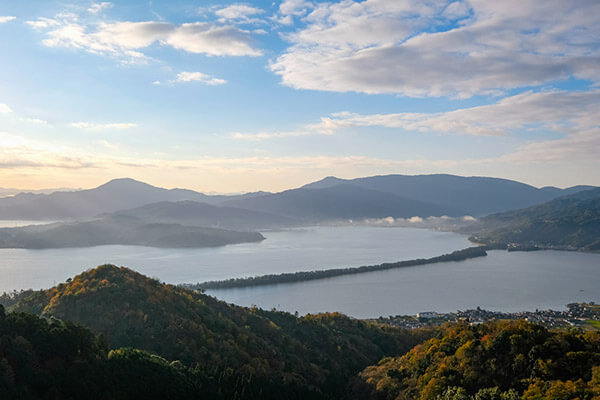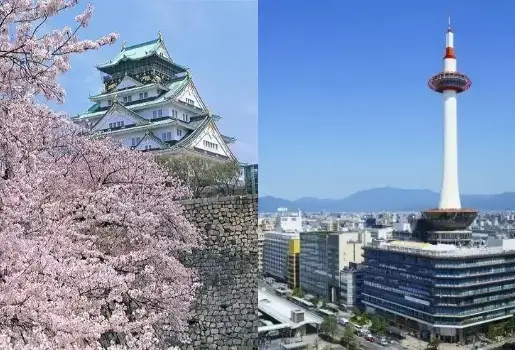KOBE, AWAJI ISLAND & TOKUSHIMA
A myth of the birth of Japan and bridge to the sea
Overview
The sea in this region is quite different to oceans or beach resorts. As an inland sea it is dotted with island silhouettes and alive with swirling tidal currents; calm yet vast and rich with changes. The climate here is warm, similar to that of the Mediterranean Sea, and the region is blessed with the bounties of both sea and mountain. Also distinct is its richness in both history and culture. Awaji Island is the island of the Kuniumi creation myth, which tells of the birth of ancient Japan. Around the Yoshino River basin, which is the second widest stretch of river in Japan, indigo cultivation and indigo dyeing industries developed as local people made good use of the soil, made fertile by river flooding. The wealth that these industries brought led in turn to the development of folk culture such as Ningyo Joruri and Awa Odori. Kobe developed as a global trading port, becoming a gateway for diverse cultures. By travelling from south to north as you take in this panoramic seascape, these many and varied stories will enable you to deepen your understanding of the local people, their history, cuisine, and everyday culture.
Recommended Spots
-
Takenaka Carpentry Tools Museum
The only museum in Japan dedicated to carpentry tools, with around a thousand carpentry tools on display. The atrium displays include a model of Toshodaiji's Temple's Kondo (Golden Hall) and a structural model of a teahouse which allows you to view the intricacies of Sukiya-style architecture. The museum offers a wide variety of exhibits which speak to all five senses, through video, audio guides, and the scent of wood. Here you can truly feel the richness of traditional Japanese craftsmanship. -
Walk from Sumaura Park, the starting point of the Rokko traverse course, for around an hour along a mountain road boasting beautiful vistas and you'll find yourself at Uma no Se. This gorgeous spot was given its name (literally “the horse's back”) after the steep rocks that stretch out to resemble a horse's back. Walk another hour from here and you will arrive at Takatori Shrine. From the shrine you can take in the Kobe cityscape, and perhaps even as far as the Akashi Strait and Awaji Island.
-
This is a popular hiking course suitable for everyone from beginners onwards. Walk some 10 minutes from Shin-Kobe station and you will arrive at Nunobiki Falls, a beautiful spot with four interweaving waterfalls. Kobe Nunobiki Herb Gardens is one of Japan's largest herb gardens, boasting 75,000 flowers and herbs of around 200 different kinds. Enjoy a gentle swing in a hammock in the gardens while gazing down at the Kobe cityscape.
-
Sumoto Castle Ruins is among the largest of such sites in western Japan. The castle complex runs some 800m east to west and 600m north to south, when the lower castle is included. On the site you can find the remains of uphill stone walls (“nobori-ishigaki”), which are rarely found in such good condition. From the main castle tower , you can take in panoramic views of the townscape, pine fields in Ohama, and Osaka Bay. This stunning scenery is one of the so-called “Eight Views of Sumoto”.
-
This museum introduces visitors to the history and culture of Awaji Island, from ancient times to the present day. On the first floor you’ll find the Historical Gallery, which introduces the history of Awaji, and the Large Gallery which features dinosaurs, fossils, decorative portable shrines, and more. The second floor is home to the Folk Gallery, which displays everyday, agricultural, and fishing tools, as well as the Art Gallery. The third floor is a memorial gallery dedicated to Gyokusei Jikihara, a master of Nanga (Southern Chinese style brush painting).
-
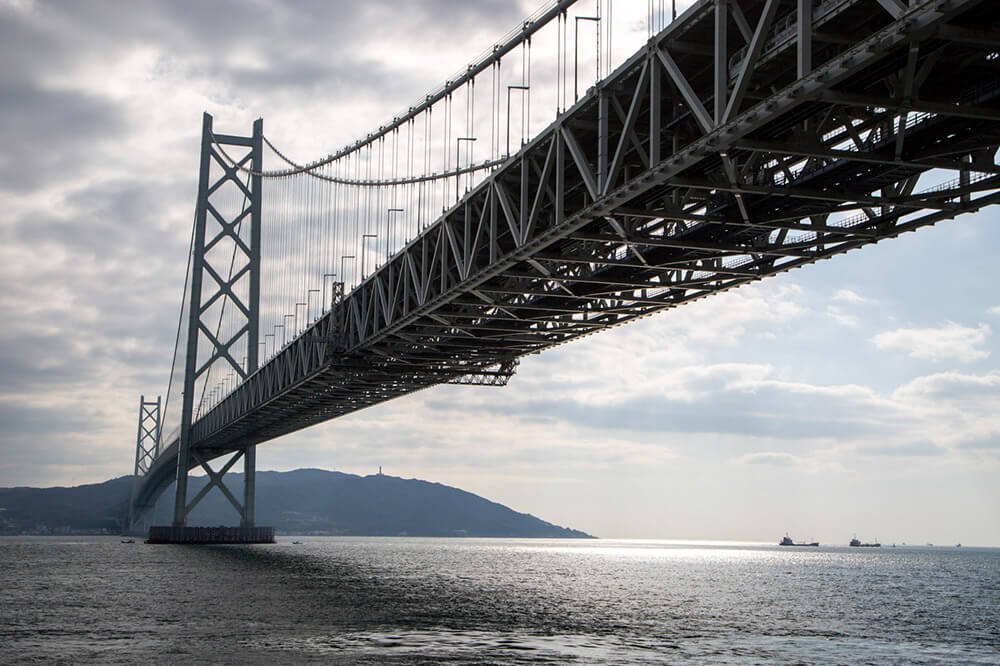 The Akashi Kaikyo Bridge, the world's longest suspension bridge, connects Kobe City in Hyogo Prefecture to Awaji Island, while the O-Naruto Bridge connects Awaji Island to Naruto City in Tokushima Prefecture.Audio Guide
The Akashi Kaikyo Bridge, the world's longest suspension bridge, connects Kobe City in Hyogo Prefecture to Awaji Island, while the O-Naruto Bridge connects Awaji Island to Naruto City in Tokushima Prefecture.Audio Guide -
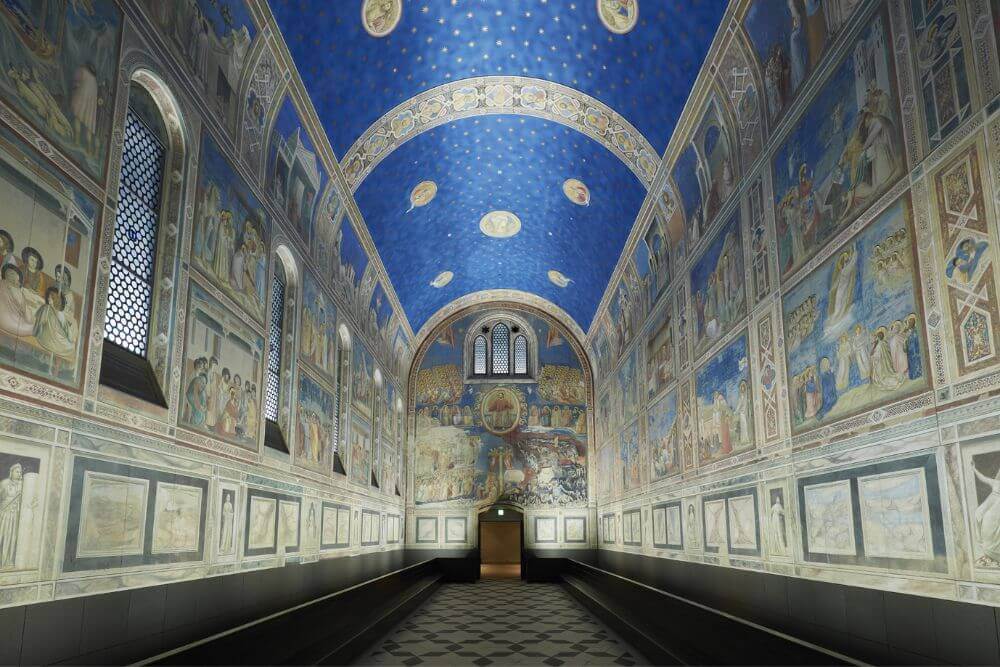 Otsuka Museum of Art
Otsuka Museum of Art
This museum is home to around a thousand life-size ceramic reproductions of masterpieces of Western art, housed in museum collections in 26 countries around the world. Here you can enjoy famous paintings from around the world, all while remaining in Japan. Along the 4 km-long viewing route you'll see works by da Vinci, Monet, and van Gogh. Particularly spectacular among the exhibits are the reproductions of Michelangelo's Sistine Chapel ceiling and murals and Picasso's Guernica. -
For over 400 years, the Awa Odori has been one of Japan's three major Bon Odori dances, with around 100,000 energetic dancers performing to musical instruments. It is staged at various locations in Tokushima Prefecture on August 9, and the main event takes place over the next four days from August 12 to 15 annually in Tokushima City.Audio Guide
-
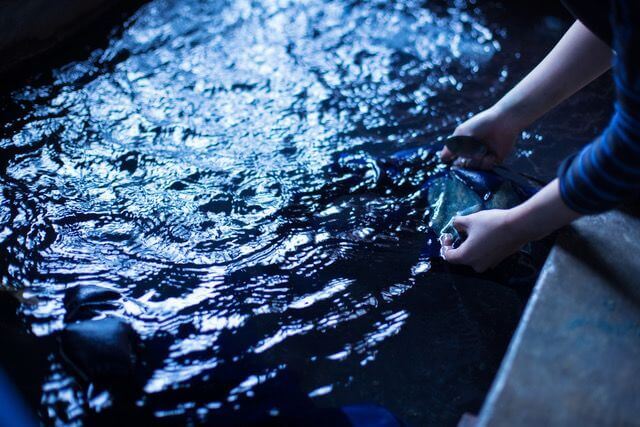 The distinct color of indigo dye, known to the world as “Japan Blue”, is special to the Japanese people . Way back when "ai-zome" (indigo-dyeing) boomed in popularity and spread far and wide through Japan, Tokushima was at the very heart of that trend as a place where high quality indigo was produced, and it was also the home of sukumo, a fermented indigo dye. The knowledge and expertise of Tokushima’s indigo producers and dye masters played a major role in the popularization of indigo, and it continues to be passed on to this day. Here, you can use authentic Awa-ai (Awa-grown indigo) to dye fabric using traditional techniques.
The distinct color of indigo dye, known to the world as “Japan Blue”, is special to the Japanese people . Way back when "ai-zome" (indigo-dyeing) boomed in popularity and spread far and wide through Japan, Tokushima was at the very heart of that trend as a place where high quality indigo was produced, and it was also the home of sukumo, a fermented indigo dye. The knowledge and expertise of Tokushima’s indigo producers and dye masters played a major role in the popularization of indigo, and it continues to be passed on to this day. Here, you can use authentic Awa-ai (Awa-grown indigo) to dye fabric using traditional techniques. -
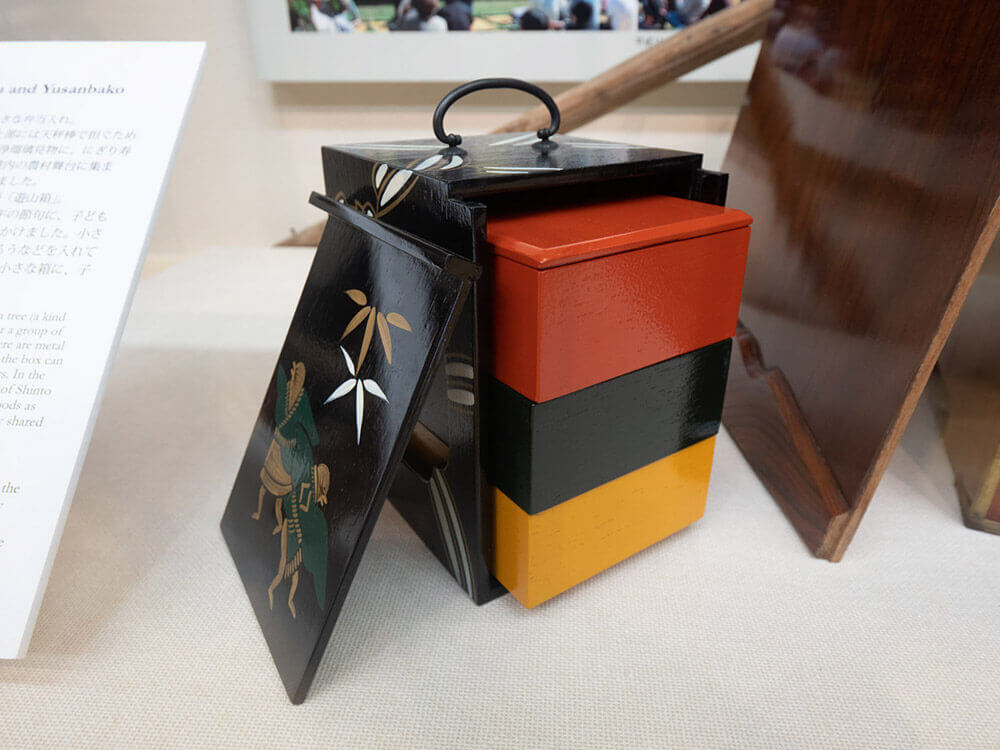 Yusanbako is a three-tiered lunch box unique to Tokushima's Awa region. Yusan refers to the custom of going to play in the mountains, fields or seashore to honor the gods of fertility.Audio Guide
Yusanbako is a three-tiered lunch box unique to Tokushima's Awa region. Yusan refers to the custom of going to play in the mountains, fields or seashore to honor the gods of fertility.Audio Guide -
The whirlpools of Naruto, one of the world's three largest whirlpools, are a natural phenomenon caused by the violent tidal currents of the Seto Inland Sea and Kii Channel. The whirlpools, which can reach 20 meters in diameter, are at their peak during the high tides of spring and autumn.Audio Guide
-
 In Kamikatsu, each person strives to reduce their own waste, and the town has achieved a recycling rate of over 80%. Kamikatsu Zero Waste Center is the hub of this zero-waste philosophy, where the local residents bring and carefully sort their waste. There is also a shared office and accommodation on site, and visitors who wish to learn about the town’s zero-waste way of life can connect with others.
In Kamikatsu, each person strives to reduce their own waste, and the town has achieved a recycling rate of over 80%. Kamikatsu Zero Waste Center is the hub of this zero-waste philosophy, where the local residents bring and carefully sort their waste. There is also a shared office and accommodation on site, and visitors who wish to learn about the town’s zero-waste way of life can connect with others. -
 Mt. Yamainudake is a natural sanctuary covered with giant stones and moss. As you hike the mountain path through a virgin deciduous forest, you will reach Buddhist Hall and Ryuo-zan Tokoji Temple, which is surrounded by giant cedar trees. You will also encounter Buddha statues, and the mountain offers spectacular views to the south. You can look out over the forest, which is particularly beautiful in autumn.
Mt. Yamainudake is a natural sanctuary covered with giant stones and moss. As you hike the mountain path through a virgin deciduous forest, you will reach Buddhist Hall and Ryuo-zan Tokoji Temple, which is surrounded by giant cedar trees. You will also encounter Buddha statues, and the mountain offers spectacular views to the south. You can look out over the forest, which is particularly beautiful in autumn. -
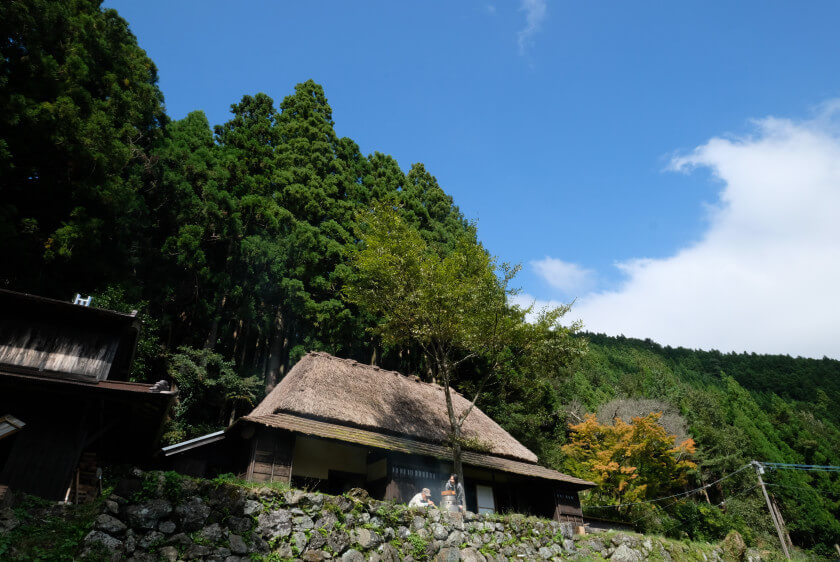 Experience cooking with building a fire by yourself and farming at a traditional thatched-roof farmhouse (kayabuki) that has been maintained by the local residents using an original technique. The residents also give talks about the various practices at the farm, and you can experience the traditional way of life while sharing conversation with them.
Experience cooking with building a fire by yourself and farming at a traditional thatched-roof farmhouse (kayabuki) that has been maintained by the local residents using an original technique. The residents also give talks about the various practices at the farm, and you can experience the traditional way of life while sharing conversation with them. -
 With its vintage streetscape, Kada embodies the authentic charm of a small Japanese port town. It takes roughly 20 minutes to walk from the train station to the port. The route is full of shrines, temples, shops, and homes, and you can get a sense of the local way of life. There is also plenty of accommodation available, making it perfect for overnight stays.Audio Guide
With its vintage streetscape, Kada embodies the authentic charm of a small Japanese port town. It takes roughly 20 minutes to walk from the train station to the port. The route is full of shrines, temples, shops, and homes, and you can get a sense of the local way of life. There is also plenty of accommodation available, making it perfect for overnight stays.Audio Guide -
 Tomogashima Island is a small island off the coast of the town of Kada. As it was previously a military outpost, the ruins of artillery batteries still remain. Its scenery is reminiscent of a famous Japanese animation, making it a popular photo spot. You can also take a high-speed cruise on a rigid inflatable boat, experiencing the island’s nature and history as you feel the ocean wind.
Tomogashima Island is a small island off the coast of the town of Kada. As it was previously a military outpost, the ruins of artillery batteries still remain. Its scenery is reminiscent of a famous Japanese animation, making it a popular photo spot. You can also take a high-speed cruise on a rigid inflatable boat, experiencing the island’s nature and history as you feel the ocean wind.
